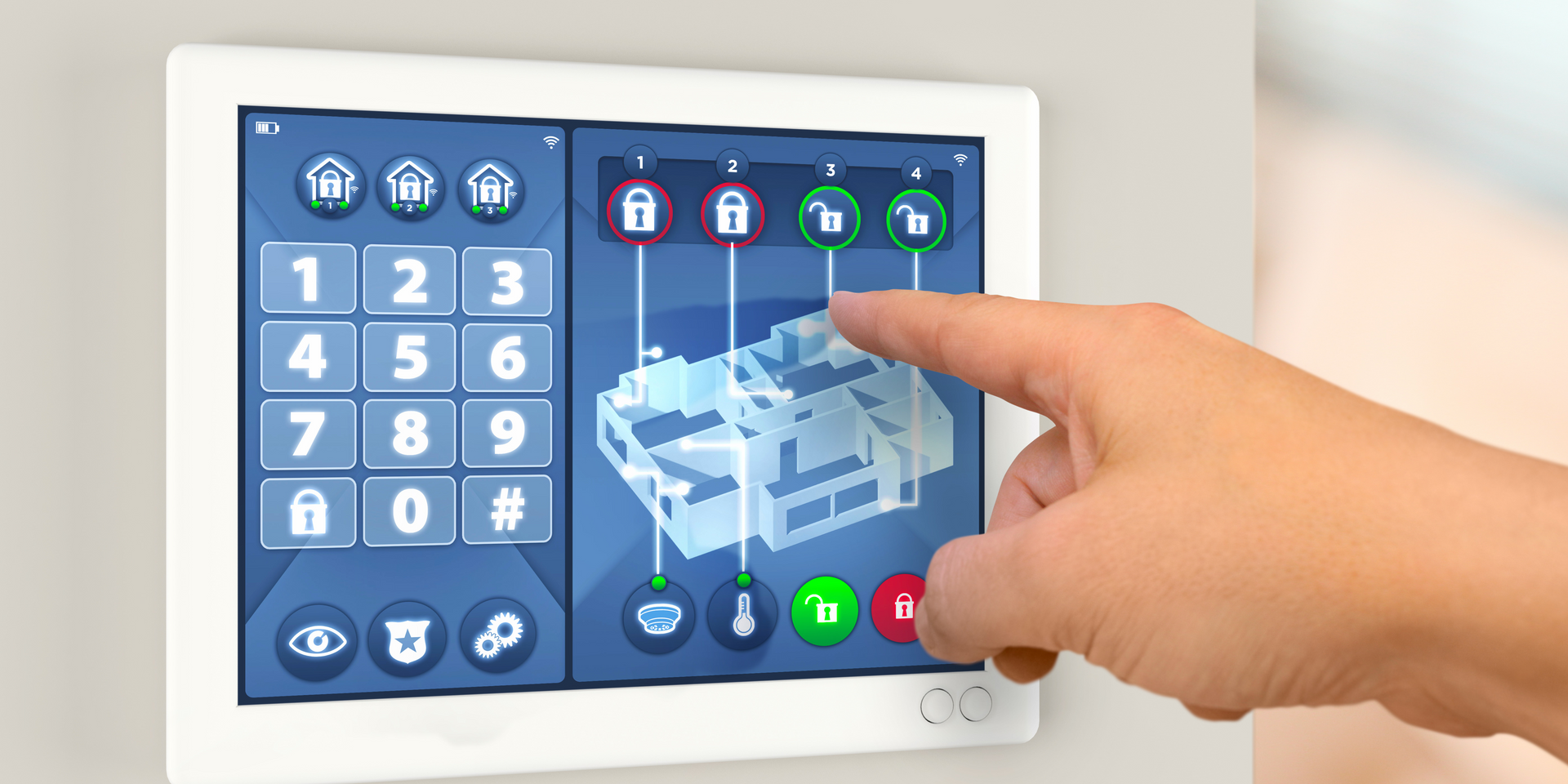What are the components of SCADA?
What are the components of SCADA?
SCADA, an acronym for Supervisory Control and Data Acquisition, is a highly sophisticated system that encompasses several critical components. These components work together seamlessly to provide efficient control, monitoring, and data acquisition capabilities. Each of these crucial components seamlessly collaborate to construct an exceptionally efficient and remarkably effective SCADA system.
The SCADA system software plays an absolutely vital role in the overall functioning and control of industrial processes. It is an essential component that cannot be overlooked or underestimated. The SCADA system software is responsible for gathering, analyzing, and presenting real-time data from various sources, allowing operators to effectively monitor and manage complex systems with utmost precision and efficiency. Without the robustness and reliability of the SCADA system software, industrial operations would be plagued with inefficiencies, errors, and potentially disastrous consequences. Its importance cannot be overstated in ensuring smooth operations and maximizing productivity in diverse industries such as manufacturing, energy, utilities, transportation, and more. This cutting-edge software serves as the indisputable cornerstone of the entire SCADA system, empowering users with the unparalleled ability to effortlessly monitor and exert absolute control over a wide range of critical processes and devices, all from the comfort of their remote location. With its advanced features and intuitive interface, it ensures seamless oversight and management, enabling users to efficiently streamline operations and maximize productivity. The SCADA System offers a highly intuitive and user-friendly interface that empowers operators to effortlessly engage and interact with the system. This seamless interface ensures that operators can navigate through the system with ease, enabling them to maximize their efficiency and productivity. From providing access to an array of powerful features to streamlining complex tasks, the user-friendly interface truly enhances the operator's experience, enabling them to accomplish their goals efficiently and effectively.

In order to gain a deeper comprehension of the concept of SCADA systems, it is highly beneficial to delve into several vivid and illustrative examples that will effectively illuminate its functionality and significance. Let's take a closer look at the widespread utilization of SCADA systems across various industries. These technologically advanced systems play a crucial role in the smooth operations of sectors such as manufacturing, energy, water treatment, and transportation. They are not just limited to one industry but can be found powering critical processes in multiple sectors, making them an indispensable tool for efficient and reliable operations. In manufacturing plants, SCADA (Supervisory Control and Data Acquisition) systems play a crucial role in ensuring smooth operations by actively monitoring production lines and efficiently controlling equipment remotely. These highly sophisticated systems provide real-time updates, enabling plant operators to swiftly respond to any deviations or issues that may arise during the process. By leveraging SCADA systems, manufacturers can optimize productivity, enhance operational efficiency, and maintain a safe working environment throughout their production facilities.
Moreover, it is important to acknowledge that SCADA systems truly excel in specific applications. These powerful systems have proven to be highly efficient and reliable in industries such as manufacturing, oil and gas, energy distribution, and water treatment. Their ability to monitor and control diverse processes with utmost precision is unrivaled, making them an indispensable tool for enhancing operational efficiency and ensuring safety in these sectors. As an illustration, the Internet of Things (IoT) has revolutionized the way we integrate sensors and devices into SCADA systems, empowering us to seamlessly monitor assets in real-time across vast and complex infrastructures. This cutting-edge technology has truly transformed the landscape of asset management, allowing us to effortlessly keep a watchful eye on critical components and swiftly respond to any anomalies or issues that may arise. By leveraging IoT capabilities, organizations can now enjoy unparalleled visibility and control over their operations, fostering enhanced efficiency and productivity on a grand scale.

It is worth noting that distributed SCADA systems have emerged as an increasingly prominent and relevant application area in recent years. These advanced systems not only provide real-time monitoring and control capabilities but also offer enhanced flexibility, scalability, and reliability. Organizations across various industries are embracing these cutting-edge solutions to streamline their operations, optimize efficiency, and ensure seamless communication between multiple remote locations. The utilization of distributed SCADA systems has proven to be a game-changer in terms of enhancing overall productivity and effectively managing critical infrastructure on a large scale. These highly efficient systems utilize multiple remote terminal units (RTUs) or programmable logic controllers (PLCs) that are cleverly interconnected through a well-established network infrastructure. This allows for seamless and simultaneous data collection from diverse locations, enabling a comprehensive and real-time understanding of the entire operation.
In a compelling conclusion, it is absolutely imperative to comprehend the intricate components of a SCADA system in order to fully grasp its unparalleled functionality and immense potential applications across diverse industries. By doing so, one can effortlessly harness the power of this remarkable technology and unlock boundless opportunities for growth and innovation in their respective fields. From the cutting-edge software interfaces to the ever-evolving generations and diverse use cases like seamless IoT integration or robust distributed architectures – each component undeniably plays a pivotal role in empowering efficient data acquisition and enabling remote control within these highly dynamic environments.
You might also like



